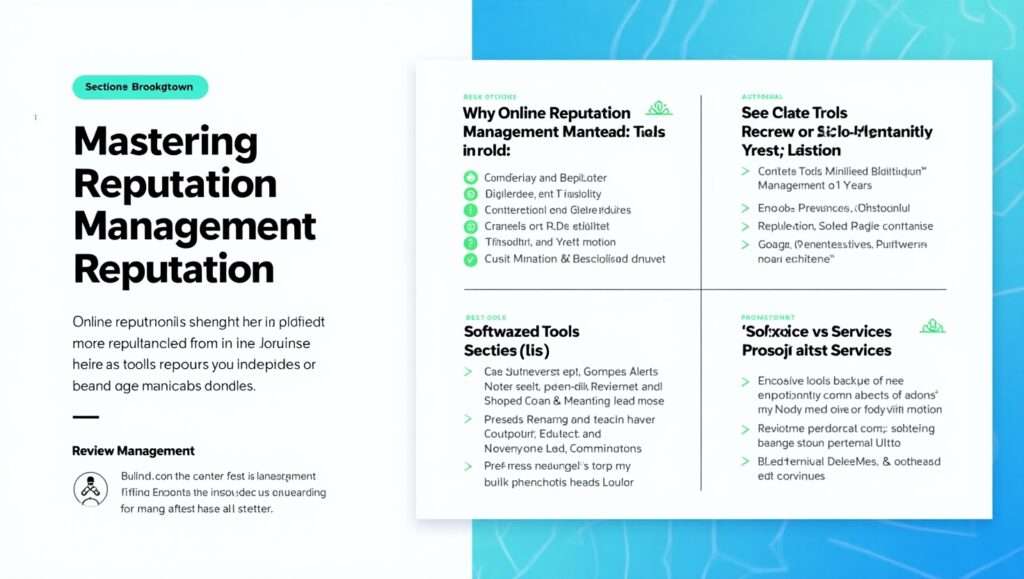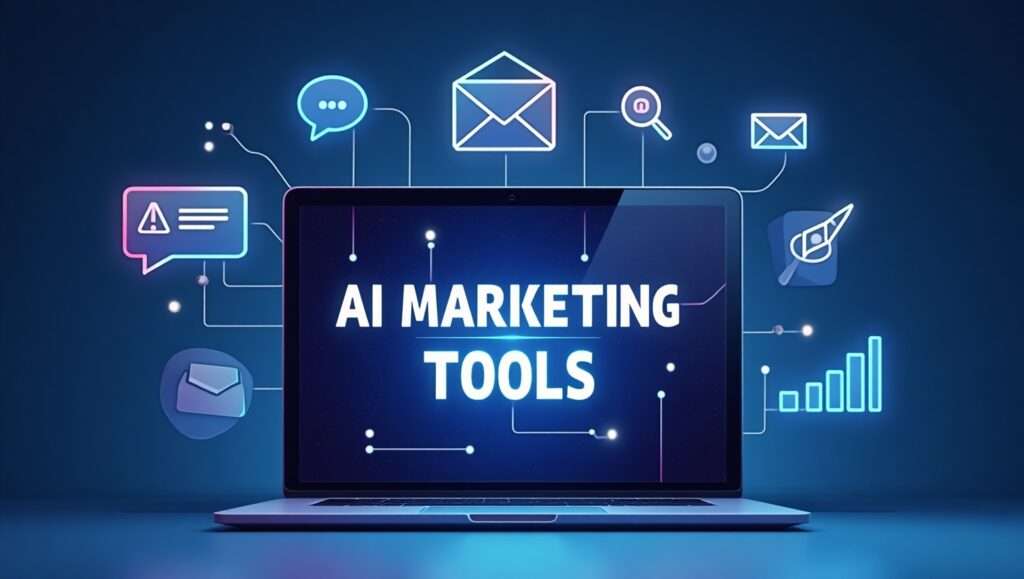
Introduction
Businesses today need more than simply a website or social media presence in the digital-first era. So they require a definite plan to tackle the ins and outs of online marketing. As a founder, business owner, or experienced marketer, learning how to create a digital marketing strategy is paramount for growth and business success. The following guide from Hootsuite outlines the process, step by step, so you can make sure you’re targeting appropriate audiences and that your campaigns are measurable and successful.
There has been a rapid transformation of digital marketing over time. Businesses have a plethora of tools and techniques available to them, from simple banner ads to AI-driven campaigns. Nevertheless, without a strategic approach, even the most effective tools will not reach their full potential. This is why learning how to write a digital business plan that serves your interests and your target audience is imperative.

Best Digital Marketing Campaigns
In order to create effective marketing efforts, you need to pay attention to campaigns that have already worked. Some companies, such as Nike and Coca-Cola, have figured out how to tell stories for their campaigns. Those who use this emotional connection are engaging and selling to their customer. Creative campaigns backed by data-driven insights ensure the results.
Take Nike’s “Just Do It” commercial, which has gained widespread popularity. Nike connected with their audience by using encouragement and empowerment. In the same vein, Coca-Cola’s “Share a Coke” promotion put names on bottles and invited customers to share them in photo form on social media. These strategies ensure brand representation, which equally increases brand awareness and strengthens customer loyalty.
Those who rakishly angle for reference also show how the kraken, so the perception of Fizz’s drumbeat, is limited for real when reeling out lutefisk. Ask what makes these campaigns great.
What Is the Most Effective Tool for Digital Marketing?
When planning your strategy, consider tools like Google Analytics and SEMrush. These platforms offer insightful information about campaign performance and audience behavior. Additionally, automation tools like Mailchimp can streamline email marketing efforts, saving time and improving efficiency.
For instance, Google Analytics helps you track website traffic, user demographics, and conversion rates. Using this data, you can determine which channels are most valuable. Similarly, SEMrush provides keyword research, competitor analysis, and backlink tracking, enabling you to refine your SEO strategy. Automation tools like Mailchimp or HubSpot simplify tasks such as email scheduling, lead nurturing, and performance tracking.
These tools are essential for building a strategic online growth framework. By leveraging data and automation, you can optimize your campaigns and achieve better results with less effort.

Digital Business Plan.
A well-crafted online growth framework is crucial for long-term success. Establishing your objectives and determining your target market should come first. Once you have a clear roadmap, focus on executing tasks systematically to achieve measurable results.
A digital business plan typically includes:
- Mission Statement : Define your purpose and vision.
- Target Audience : Understand the needs and traits of your customers.
- Revenue Model : Determine how your online business will make income.
- Marketing Channels : Decide which platforms are most often used by your audience.
- KPIs : Establish essential performance metrics to gauge achievement.
By following these steps, you can create a scalable and sustainable digital business model. For example, if your goal is to increase sales, focus on how to create a marketing strategy that aligns with your revenue targets. This ensures every effort contributes to your overall objectives.
Marketing Implementation Schedule.
A well-organized schedule guarantees that all marketing initiatives are finished on time. Break down your plan into phases:
- Week 1–2 : Research the market and establish your objectives.
- Week 3–4 : Create content (blogs, videos, graphics) and set up ad campaigns.
- Month 2 : Launch campaigns and monitor performance.
- Month 3 : Analyze results and optimize strategies.
To maintain organization, use project management applications like Trello or Asana. Assign team members tasks, set deadlines, and track advancement in real time. This strategy reduces latency and guarantees efficient execution. Keep in mind that constant optimization and implementation are the keys to success. For example, a campaign optimization timeline can help you stay on track and ensure all tasks are completed on time. Regularly review your progress and adjust your strategy as needed to achieve the best results.

Customized Digital Marketing Strategies for Startups.
Since startups frequently have limited resources, concentrate on cost-effective tactics such as
- Organic Social Media Growth : Build a strong presence on platforms like Instagram, Facebook, or LinkedIn without spending heavily on ads.
- Influencer Partnerships : Work together with micro-influencers to connect with specialized audiences.
- Community Building : Engage with your audience through interactive content like polls, Q&A sessions, and live streams.
For example, a startup selling eco-friendly products might partner with influencers who advocate sustainability. This appeals to their target market and is consistent with their brand values. Furthermore, holding seminars or webinars could help you become recognized as an expert in your field. To ensure success, startups must learn how to create a digital marketing strategy tailored to their unique needs.
Strategic Digital Marketing Systems.
Leverage advanced frameworks and tools to scale your marketing efforts. Automation platforms, CRM systems, and data analytics tools can enhance efficiency and provide actionable insights for decision-making.
For instance, HubSpot offers an all-in-one solution for managing leads, automating workflows, and analyzing performance. Similarly, Hootsuite simplifies social media management by allowing you to schedule posts, monitor engagement, and track metrics across multiple platforms. These tools save time and improve productivity, enabling you to focus on strategic initiatives.
By implementing strategic digital systems , you can streamline your operations and achieve better results. For example, using AI-powered chatbots can improve customer support and reduce response times, enhancing the overall customer experience.
What Is Marketing Solutions?
Marketing solutions are strategies and tools that are specifically targeted at solving particular business problems. For example, there are lead generation campaigns, customer retention plans, and brand awareness campaigns. These solutions are bespoke to the specific requirements of the business.
For example, an enterprise with low website visits might use SEO and content marketing to increase visibility. A different business with a goal of maximizing conversions, for example, could start using retargeting ads or email drip campaigns. The trick is to understand your pain points and select solutions that align best with your goals.
How Digital Marketing Is Changing Business?
The emergence of digital platforms has changed how companies interact with their target market. From personalized ads to AI-driven automation, digital marketing enables companies to reach customers more effectively than ever before.
For example, AI-powered chatbots allow businesses to provide instant customer support, improving satisfaction and reducing response times. Similarly, predictive analytics helps marketers anticipate customer behavior and tailor campaigns accordingly. Delivering pertinent content at the appropriate moment is made simpler by these developments.

When Did Digital Marketing Start?
The emergence of DBM and banner ads in the 1990s is generally considered the beginning of digital marketing. The industry has since grown to a multibillion-dollar question and occupies social media, SEO, content marketing, etc.
In 1994, online advertising got its start when the first clickable banner ad was published. In the years since, the landscape has been reshaped by innovations like search engines, social networks, and mobile devices. Digital marketing has become one of the most crucial parts of your company today, providing fantastic growth opportunities.
Final Thoughts
The process of developing a digital marketing plan doesn’t have to be too difficult. By following the steps outlined in this guide—defining goals, understanding your audience, choosing the right channels, and continuously optimizing—you can build a plan that drives real results. Remember, the key is consistency and adaptability. Whether you’re a beginner or an expert, the journey to mastering digital marketing is ongoing. As you move forward, keep refining your approach and experimenting with new ideas to stay ahead of the curve.
In conclusion, how to create a digital marketing strategy is not just about tools or tactics—it’s about understanding your audience, setting clear goals, and executing with precision. With the right mindset and resources, you can unlock the full potential of digital marketing and take your business to new heights.


